The Ministry of Transport said that investing in a high-speed railway at 250km/h would cost less than a speed of 350km/h, but upgrading to 350km/h would be difficult and ineffective.
On the morning of October 1, the Ministry of Transport announced that after many years of implementing research on the North-South high-speed railway project, with the support of international organizations and consultants, the project dossier has now been basically completed. In 2010, the Government first submitted to the National Assembly a pre-feasibility study report on the high-speed railway project. However, at that time, the scale of the economy was still low (GDP reached 147 billion USD) and public debt was high, up to 56.6% of GDP, so it had not been approved by competent authorities. With the requirement to modernize traffic on the North-South axis, the Ministry of Transport has restarted the research on this project under the name "North-South high-speed railway". During this process, the Ministry of Transport carried out a fairly thorough and comprehensive manner, synthesizing the experience of developing high-speed railways from countries around the world. 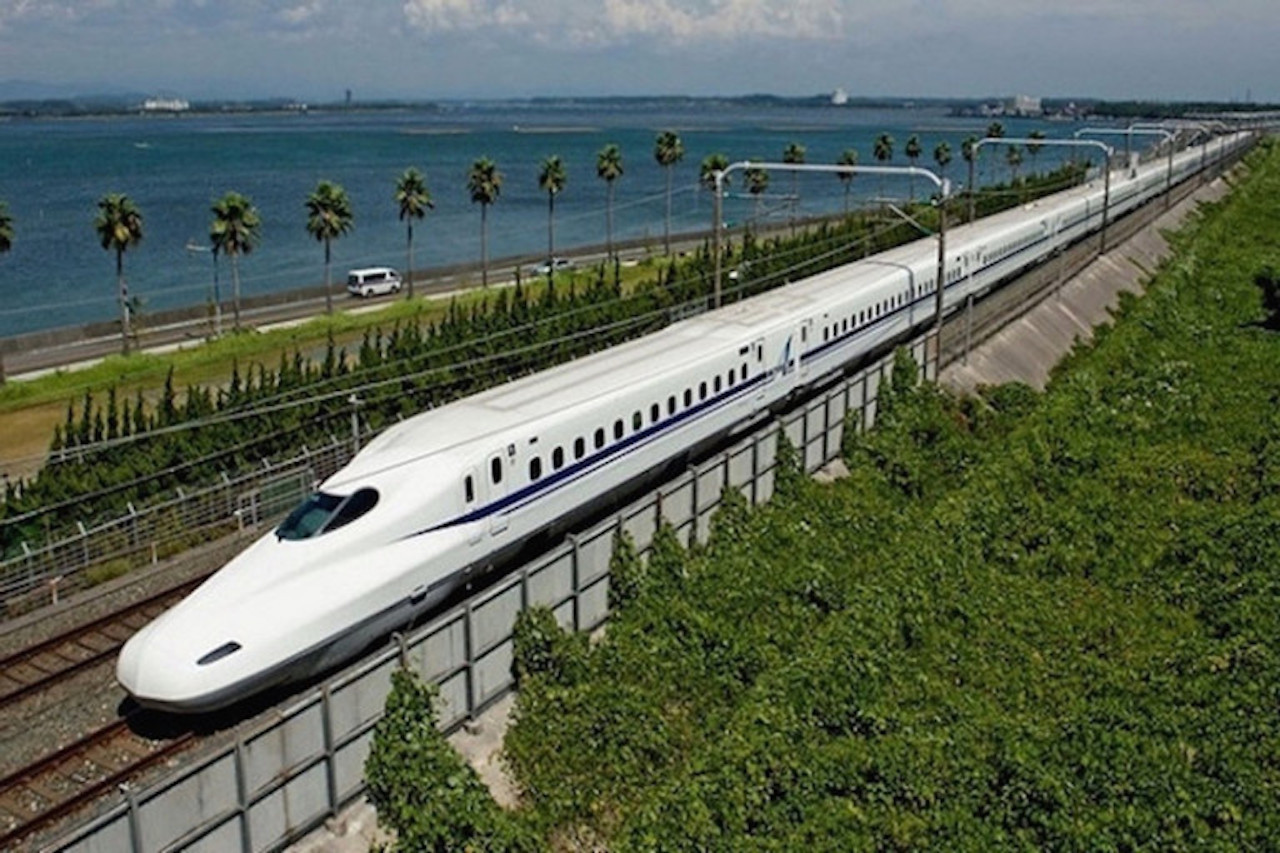

The Ministry of Transport stated the reason for choosing a high-speed railway with a speed of 350km/h instead of 250km/h?
According to the Ministry of Transport, Vietnam has a North-South economic corridor connecting 3/6 economic regions of the country, about 54% of the urban population, and 67% of the marine economic zones, contributing 51% of the country's GDP. Therefore, the construction of high-speed railways will shorten the distance between provinces, redistribute urban population and open up development space for the provinces. In addition, the implementation of the project will create a construction market worth 33.5 billion USD. Including the upgrading of the current railway system and the development of urban railways, the total value of the construction market will reach about 75.6 billion USD, along with the value of vehicles and equipment of about 34.1 billion USD. Notably, the Ministry of Transport said that "research shows that if technology is transferred and appropriate policies are in place, Vietnam can be completely self-sufficient". The technologies that our country can master include: construction industry; localization of manufacturing, power supply system and signal information; operation, maintenance, repair and production of some replacement components for high-speed railways. "Therefore, investment in high-speed railways is a premise for developing the railway industry and supporting industries, contributing to the industrialization and modernization of the country," said the Ministry of Transport. Regarding speed, before 2010, most high-speed trains operated at 300km/h, but currently, most projects are designed for speeds of 300km/h or higher. Notably, recently, some projects have chosen a design speed of over 350km/h. According to international experience, high-speed railways are often designed at speeds of 350km/h or higher due to their high efficiency. This train speed is also more likely to attract passengers than a speed of 250km/h. “Specifically, through research on the Hanoi - Ho Chi Minh City route, a speed of 350 km/h has the ability to attract about 12.5% more passengers than a speed of 250 km/h. Similarly, on the Hanoi - Da Nang and Hanoi - Nha Trang routes, the ability to attract passengers is 26.5% and 23.8% higher, respectively,” the Ministry of Transport cited. Regarding costs, the Ministry of Transport affirmed that the total investment for a project with a speed of 350 km/h is about 8-9% higher than a project with a speed of 250 km/h. However, upgrading a project with a speed of 250 km/h to 350 km/h will encounter many difficulties and be ineffective. Regarding freight transport, the Ministry of Transport found that countries with developed railway networks all use existing railways to transport goods, high-speed railways mainly carry passengers. "In case there are sea routes and waterways on the same corridor, it is optimal to transport goods by these two routes. The joint operation of passenger and freight trains is decided based on transportation needs, economic conditions, and existing railway infrastructure, but basically high-speed railways mainly transport passengers, combined with freight transport when there is a need for fast transportation," the Ministry of Transport analyzed. Project completion by 2045 On that basis, the Ministry of Transport proposed an investment plan for the North-South high-speed railway line with a design speed of 350km/h, double-track gauge of 1,435m, electrification. The total investment of the project is about 67.34 billion USD, equivalent to an investment rate of 43.7 million USD/km. This is the average cost compared to countries investing in high-speed railways at the present time. Citing Germany's Nuremberg - Ingolstadt route, with an operating speed of 300km/h, with an investment of 45.2 million/km; South Korea's Osong - Mokpo route, with a speed of 305km/h, costing 53.6 million USD/km... Regarding the investment plan, the Ministry of Transport said it had analyzed two options and chosen to invest in the entire route to basically complete it in 2035. Specifically, the Hanoi - Vinh and Nha Trang - Ho Chi Minh City sections will start construction in 2027, the Vinh - Nha Trang section will start construction in 2028. This is considered a major change by the research agency, because previous proposals all set the goal of completing the project in 2045. The project investment capital proposed by the Ministry of Transport will come from the State budget, including central capital and local contributions, capital mobilized at low cost and with few constraints. During the construction and operation process, businesses will be called upon to invest in service and commercial areas at the stations, and invest in additional means of exploitation when needed. According to the research unit, the budget arrangement for 12 years, with an average of 5.7 billion USD per year, by 2030, the country's public debt, government debt, and foreign debt will be lower than the allowable level (50%). The time to submit the investment policy to the National Assembly for approval will be at the end of this year. According to the Ministry of Transport, the investment in the North-South high-speed railway is a boost for economic development. Typically, when China put the Beijing-Shanghai route into operation in 2012, the GRDP of localities along the route doubled after 10 years. "Thus, the huge direct and indirect benefits cannot be included in the project's revenue and financial efficiency. Similar to the model of countries around the world , the revenue to fully recover the project's capital is mainly from transportation and commercial exploitation," said the Ministry of Transport.Vietnamnet.vn
Source: https://vietnamnet.vn/bo-gtvt-neu-ly-do-chon-lam-tau-duong-sat-toc-do-cao-350km-h-thay-vi-250km-h-2327718.html







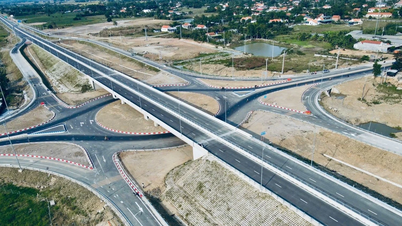





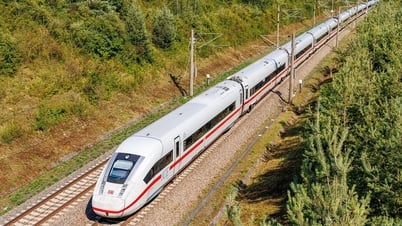

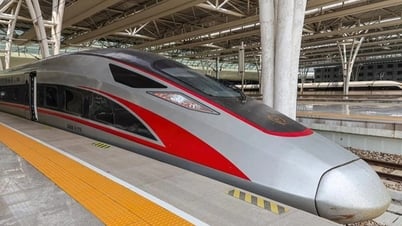




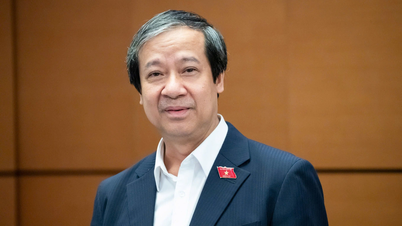
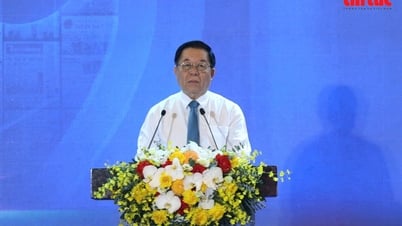

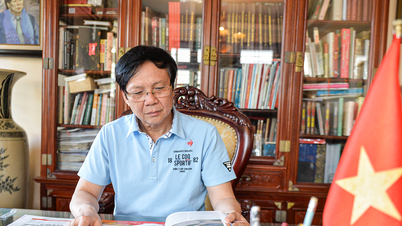







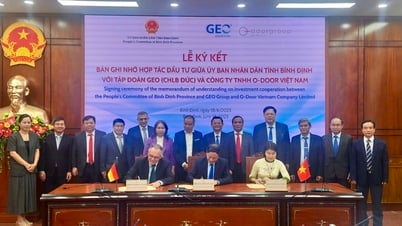





























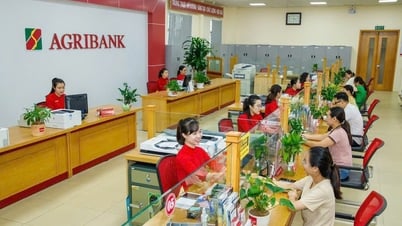
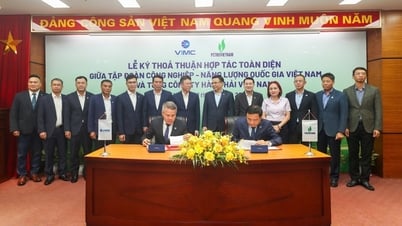

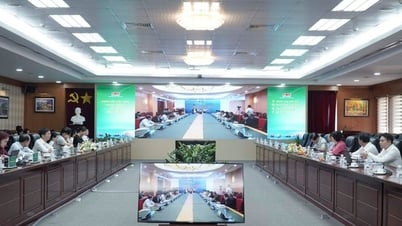








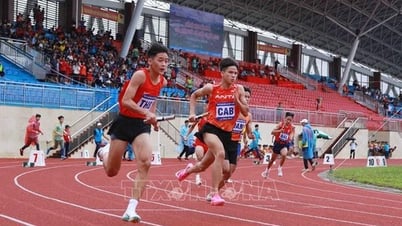


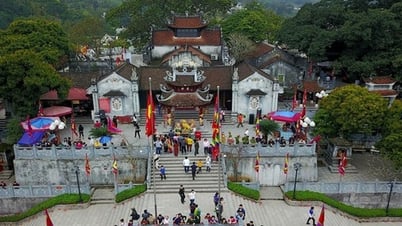










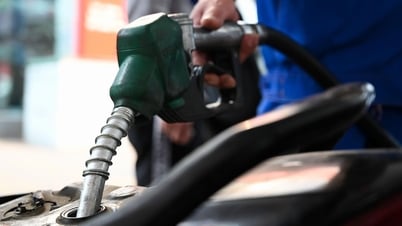














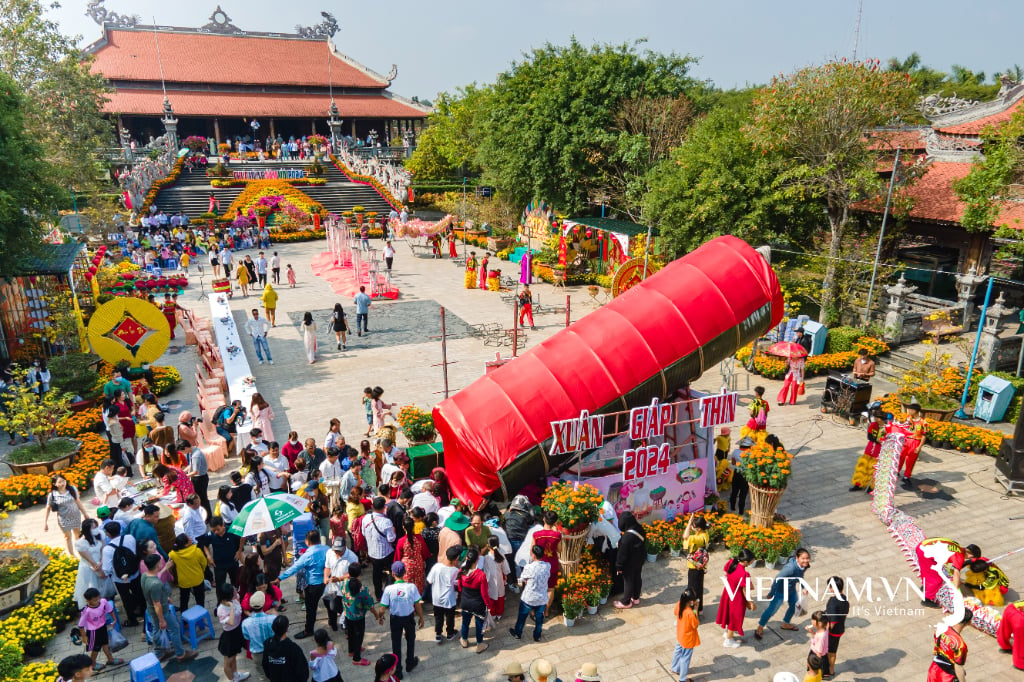


Comment (0)